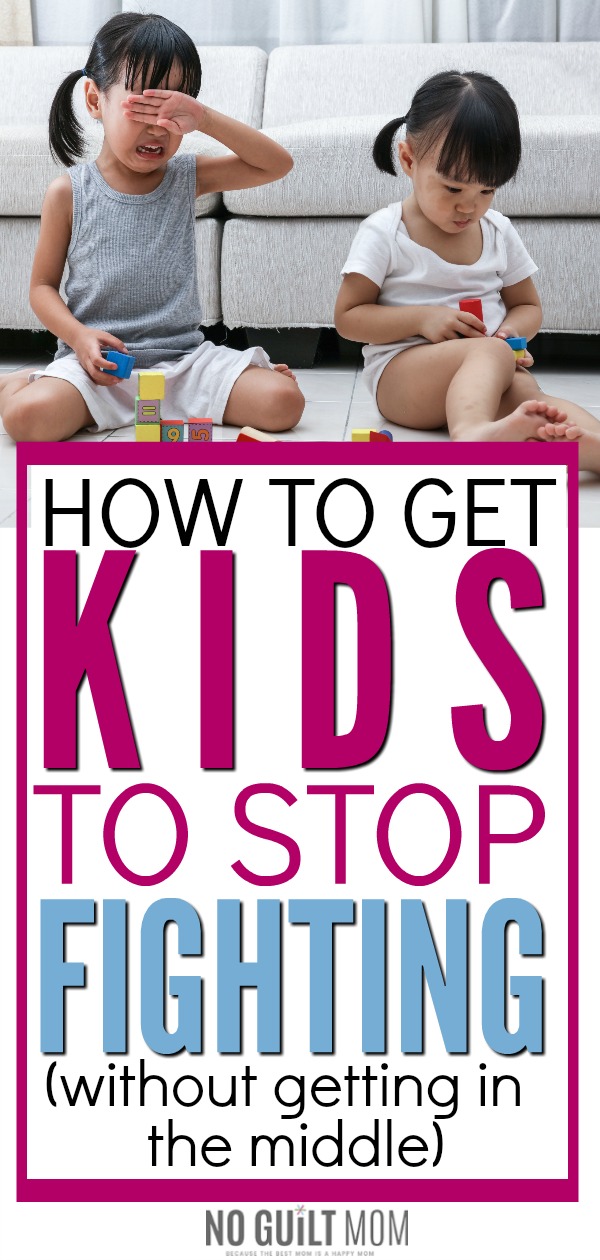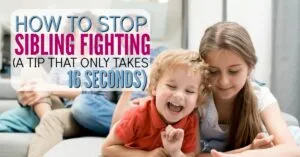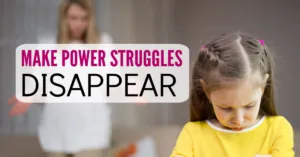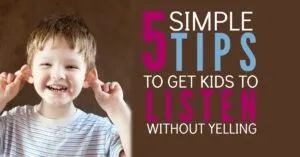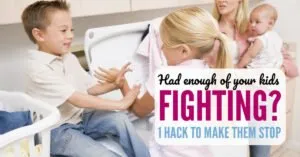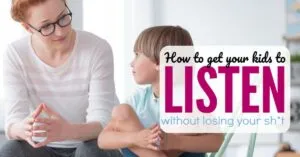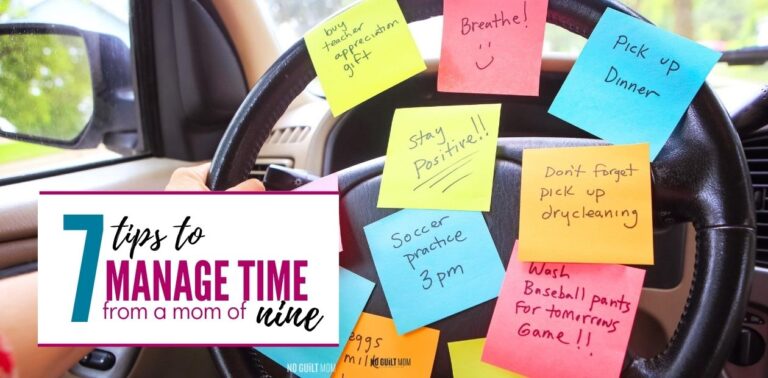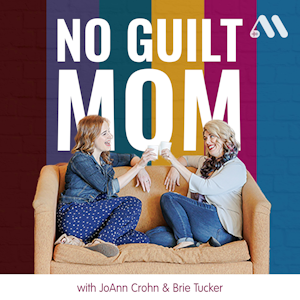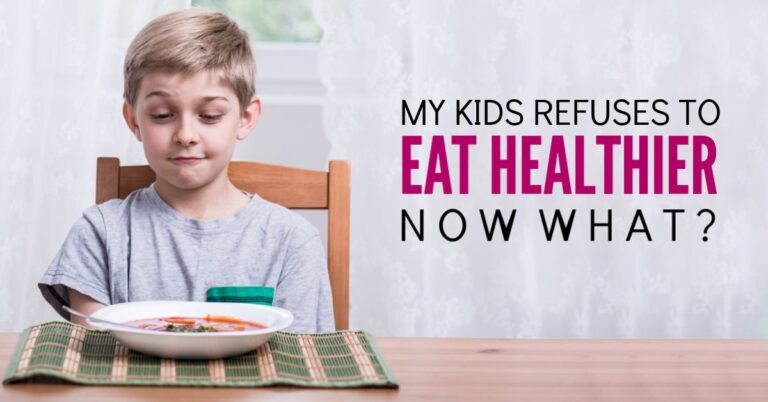Get Siblings to Bond: 3 Steps to Get Kids to Stop Fighting (without getting in the middle)
Want a simple method to get siblings to bond and start figuring out their problems like actual human beings? I swear it’s possible. Here we go.
FYI: This post contains affiliate links to products I love and recommend. It costs you nothing extra if you purchase through my link, but I may get a small commission.
“No! It’s my turn to do the obstacle course!” my son yells at his sister.
I’m sitting across from them in the garage reading a book (coincidentally “Siblings Without Rivalry: How to help your children live together so you can live too” by Adele Faber & Elaine Mazlish) and trying to ignore what I know… I KNOW is going to be a monster fight.
“STOP!” my daughter screams back as her brother tries to push her out of the way.
“ARGH!!!” his fists are in tight little balls, “I AM SO MAD AT YOU SISSY!!!”
Here I am…still reading. However, now I’m whispering to myself: please don’t get me involved, please don’t get me involved.
“MO-MMMMMM, he won’t let me do the obstacle course!”
What do you suggest I do in this scenario?
- Side with my older daughter. She is the one who built the course.
- Side with my younger son. He’s the baby and should be given a fair chance.
- Walk away and tell them to figure it out themselves. It’s not my fight.
All options seem to follow advice we’ve received at one time or another as parents. They all seem plausible when considering how to stop siblings from fighting.
What in the world do we do?
That’s why parenting is so rough. Every bit of advice is untested and we’re unsure what the long term effects will be.
Actually, all of those options above are imperfect. Here’s what would happen:
- If I side with my daughter, my son would launch into a full blown temper tantrum and my daughter would gloat that she won.
- If I side with my son, my daughter will call me unfair and stomp out of the room.
- If I walk away, the fight will DEFINITELY escalate and they’ll probably end up dismantling the obstacle course and throw it at each other.
Then, WHAT?? What can we do to stop siblings fighting and build the relationships between our children?
Get ready! Here’s a process you can use each and every time family disagreements erupt.
Pick your battles to get siblings to bond
First, we need to pick our battles.
If our kids are arguing over a crayon and it hasn’t progressed to full-scale yelling, then ignore it.
Siblings can’t bond if we’re ALWAYS inserting ourselves in the middle.
Dream you are on a beach.
A nice sandy beach with crystal, clear water. You feel the heat of the sun on your skin and hold an icy margarita in one hand with a salt encrusted rim.
Sigh… the life.
However, your kids are screaming at each other, ready to go full-scale WWE… it’s time to step in.
Get kids to listen to one another
A huge cause of sibling rivalry is that kids can’t see one another’s point of view. It’s a developmental thing – children are inherently egotistical.
What we as parents need to do to help siblings get along is highlight the problem and showcase exactly what each party wants.
Here’s how to do it and we’ll use the example of my kids fighting over the obstacle course as an example.
As soon as my daughter came to me, I launched into action.
1. Acknowledge the feelings
Many times, when kids are upset, they simply need to know that an adult understands one thing: how they feel and how important the disagreement is to them.
But, being kids, they don’t know how to articulate this.
They need us to step in and provide the language to describe the problem.
I can say:
“Wow! I see both of you are very upset! One of you wants to have a turn on the obstacle course while the other built the obstacle course and thinks she should decide whose turn it is”
I don’t have to be right in my assessment of the situation.
In fact, if I’m wrong, my kids will jump in to correct me.
At this point, don’t worry about reading the situation wrong. That’s why this step is SO VERY important.
As adults, we tend not to know all the facts. If I sided with one child based on my interpretation, I might be totally wrong.
Once you acknowledge the feelings in the room and your kids don’t disagree with your assessment, its time for the next step.
2. Show appreciation for the problem
Sure, we want get siblings to bond – and even question if it’s normal for siblings to fight all the time – but let’s use these disagreements as an opportunity for our children to solve problems on their own without putting us in the middle.
That doesn’t just happen.
We need to coach them on how to be effective relationship problem solvers.
We already helped them identify the problem. Now, we need to express our confidence in them to solve it.
We can’t say it’s easy. What sense of accomplishment will they get if they solve an easy problem? None!
So, we emphasize the difficulty of the problem and then we say how we know they can work it out.
I can say:
“Wow! This is a tough problem. I know that if you two talk about it you can work out some way where you can each have a turn on the obstacle course.”
3. Leave
And then, as a further show of my confidence…
I leave the room.
Even though I may be doubtful at the time, this shows that I’m sure they can figure it out.
Then we cross our fingers and wait.
Your kids will surprise you
The first time you use this technique you might have zero confidence that it will work.
But… but, I promise that your kids will surprise you.
The solution they come up with together will be like nothing you could have enacted on your own. What’s amazing is that both of them will have complete and total buy-in because they created it.
With my kids and the obstacle course, all my daughter wanted was to add on one more challenge before her brother played on it.
She wanted to make it better. Her brother had no clue that’s why she was stopping him.
Miscommunication is the most common reason for sibling fighting.
When it won’t work
This method is one more tool to add to your parenting toolbox. It is by no means guaranteed to work all the time because there might be other issues that you first need to resolve.
For instance:
- One child might be too angry to discuss the problem immediately – if so, try giving each a cooling off period.
- Your children may be so focused on possession of a particular item – if so, put the item in a safe, neutral place until they can agree on how to share it.
- They are in danger of physically harming each other – step in immediately and send both kids to separate rooms so they can calm down before discussing the issue.
To get siblings to bond, you need to acknowledge the feelings of both sides, summarize the problem and then show that they have your confidence in solving the issue themselves.
Not only will this stop family fighting in your own home, but you will also be building relationships between your children.
You got this mama!

